How to Store the Most Popular Collectibles Properly: From A to Z
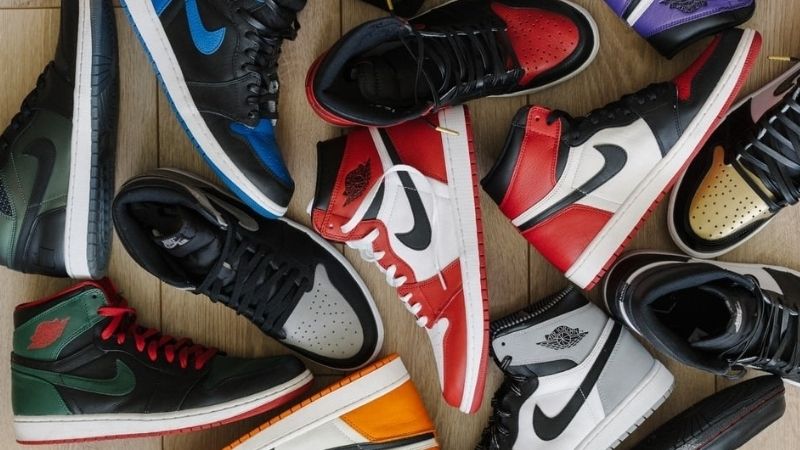
If you are wondering how to store your collections, you are probably aware of this universal rule: if it exists, then someone collects it. Even the most obscure items seem to have a cult following of collectors tracking down rare variations and sought-after editions.
Therefore, we thought you might appreciate this informal guide on how to store a variety of collections. Keep reading to learn how to store collectible comic books, how to store collectible records, and how to store everything from “A” to “Z.” And of course, always check your Rental Agreement for additional information.
How to Store Collectible Art

Collectible canvas paintings and other art should be stored off the ground in a climate-controlled storage unit. These collectibles should also be covered with a cloth and stored vertically to prevent sagging. For more information on how to store artwork, check out our blog!
How to Store Collectible Antiques
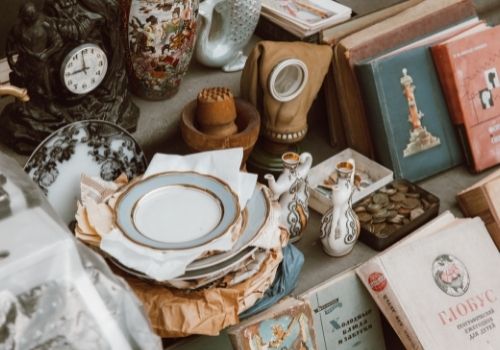
Antiques are generally fragile and sensitive. Therefore, these items should be stored in a temperature-controlled location. Each item should also be wrapped carefully to prevent any damage during transportation or loading and unloading.
How to Store Collectible Barbie Dolls
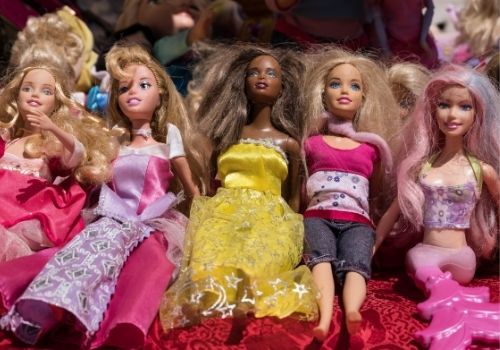
Valuable Barbie dolls should be stored in original packaging and then plastic-wrapped. Barbie dolls lacking original packaging should be wrapped in acid-free paper and stored in a plastic container to ensure pristine condition.
How to Store Collectible Books

Limited edition books and other valuable copies should be wrapped in archive-quality paper. These books should then be placed in archive boxes or a similar container. Check out 9 techniques for long-term book storage to learn more.
How to Store Collectible Boxes

Many people collect branded boxes and other memorabilia packaging. Collectibles of this sort should be wrapped in acid-free paper and stored in a climate-controlled storage unit. When packing these items for storage, you should also be extra careful not to overcrowd containers to avoid damaging your collection.
How to Store Collectible Cards
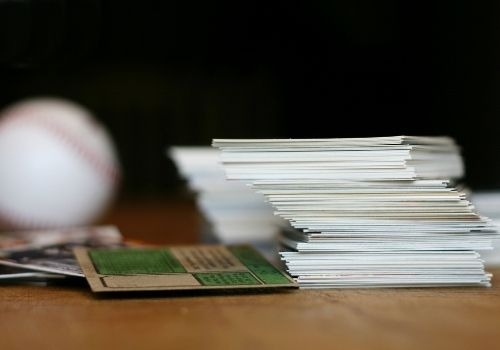
Baseball cards, trading cards and other sports memorabilia sell for big bucks. Therefore, individual cards should always be stored within protective penny sleeves and top loaders. Graded cards of significant value should also be stored within a watertight protective case.
How to Store Collectible Coins
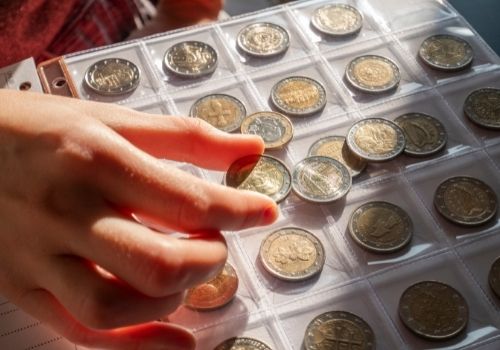
There are many options for optimal coin collection storage. However, all of these options have one thing in common: moisture avoidance. Plastic coin holders with binder holes are a good way to store and organize coins. Most avid coin collectors store their highly collectible items in velvet or flocked coin tray.
How to Store Collectible Comic Books
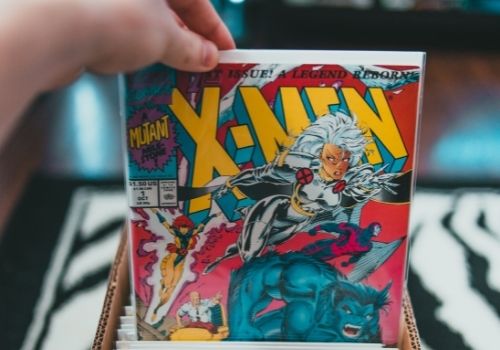
Comic books should always be individually bagged and boarded. This will help your limited-edition comics remain in mint condition. Once boxed or organized within containers, your collection should also be stored off the ground in a climate-controlled storage unit or humidity-free place in your home.
How to Store Collectible Designer Clothing
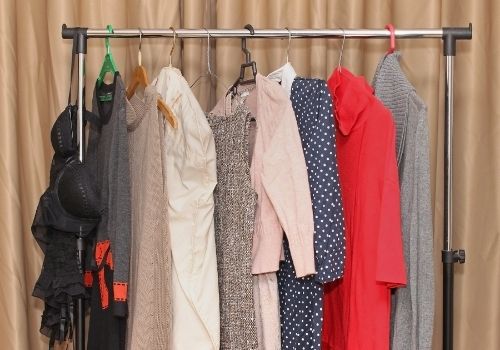
If you are hanging designer clothing for storage, you should use padded hangers. Otherwise, knits and delicates should be folded and stored within acid-free boxes. These boxes are suitable for long-term storage. Check out our full guide for storing clothes in storage units.
How to Store Collectible Election Buttons

Collectible election buttons can be stored in a number of containers. For short-term storage, these buttons can be wrapped in plastic and stored within a mason jar. However, larger collectibles entering long-term storage should be wrapped with archive paper and stored individually in protective containers.
How to Store Collectible Fishing Lures
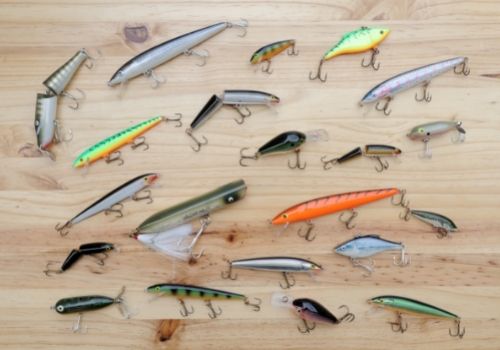
Antique fishing lures should be stored in a closed, acid-free container to avoid damage from direct light. It is also important to avoid storing these highly collectible items in a location prone to extreme temperature and humidity fluctuations.
How to Store Collectible Flags

Before entering storage, collectible flags should always be folded appropriately. Individual flags can be placed in acid-free paper bags or stored with others in acid-free archive boxes. Either way, exposure to direct light or sunlight should be avoided.
How to Store Collectible Guitars

Collectible guitars, and most collectibles made from wood, should always be stored in a climate-controlled location. Individual guitars should also have their strings loosened one to two half-steps, and be stored in hard-shell, protective cases when entering long-term storage.
How to Store Collectible Hats

Using professional hat boxes is the best way to store collectible hats. These boxes will protect your most valuable hats from dust and prevent exposure to harsh light. If you are storing hats in your home, you can also outfit a dresser with drawer dividers to keep all your caps in pristine condition. Learn more about how to properly store & organize your hat collection.
How to Store Collectible Ink Pens
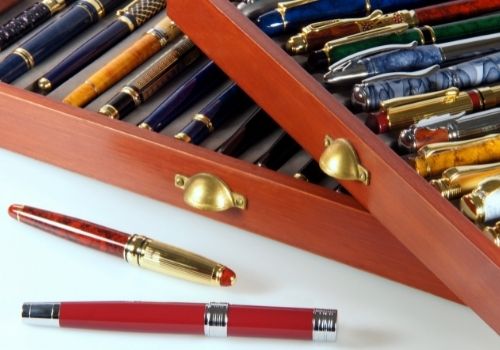
Ink pens and collectible fountain pens should be stored in a cool, dry area, preferably without ink. Purchasing a collectible case or dry box is also a good idea to prevent moisture and protect your pens from direct sunlight.
How to Store Collectible Journals
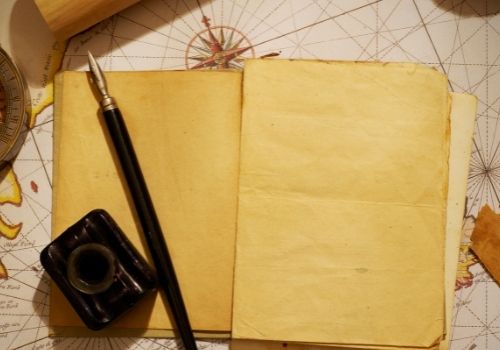
The best way to store collectible journals is to place them in acid-free boxes. These journals should also be wrapped in archive-quality paper for extra protection.
How to Store Collectible Knives
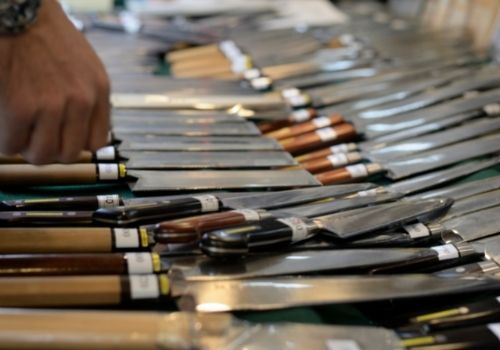
Improper knife storage can lead to rust or blade damage. Damage can be prevented by storing knives in a safe or professional display case. Installing a dehumidifier to prevent extreme levels of humidity is also a good practice.
How to Store Collectible LEGOs

Collectible LEGOs should be stored away from any heat source and in a dry location. To organize and arrange loose LEGO bricks, you can use clear storage bins, tool boxes or display cases. To organize boxed LEGO sets, use acid-free archive boxes.
How to Store Collectible Lunchboxes

Climate-controlled storage is the best storage solution for collectible lunchboxes. These highly collectible items should be wrapped in acid-free paper and stored in archive boxes.
How to Store Collectible Magazines

Similar to comic books, collectible magazines should be placed in a plastic sleeve along with a piece of cardboard to prevent damage. You should also separate important pages with acid-free tissue paper to preserve them.
How to Store Collectible Movie Posters

The best way to store collectible movie posters is to frame them with acid-free materials and protective glass. These frames should be kept out of direct sunlight and then wrapped with protective materials before being placed in long-term storage.
How to Store Collectible Newspapers

Newspapers are fragile and highly sensitive to changes in humidity and temperature. Therefore, these materials should always be wrapped in acid-free paper and stored within acid-free boxes. Newspapers with a high sentimental value should also have sheets of acid-free tissue paper interlaced among their pages.
How to Store Collectible Old Tools
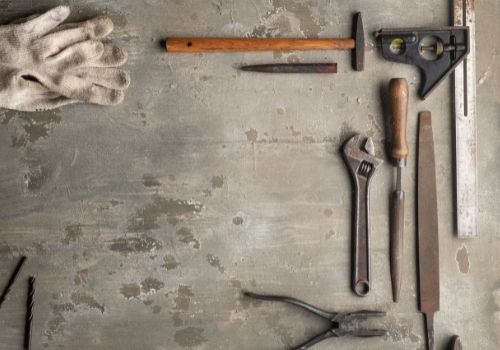
Storing old tools presents fewer challenges than storing most other collectibles on this list. However, old tools are still susceptible to rust and degradation over time. The best way to avoid these damages is to keep your tools in a temperature-controlled area. A dehumidifier can also be added for extra protection.
How to Store Collectible Photographs
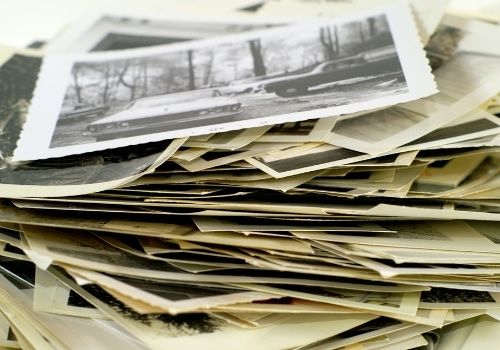
Old photographs should always be stored in archive-quality boxes. Make sure not to include any other items in the box, as this could cause acid to seep onto your photographs. Individual photos should also be interlaced between pieces of acid-free paper. See the full guide for storing photographs long-term.
How to Store Collectible Quilts

There are quite a few quilt collectors out there, and the most serious ones always roll their quilts tightly to avoid damage from folds. Most serious collectors also unroll and reroll their quilts every six months or so.
How to Store Collectible Records (Vinyl)
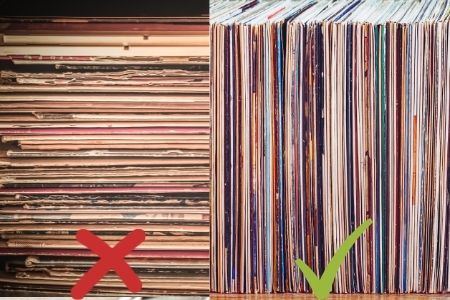
Vinyl records should always be wiped down with a microfiber cloth to remove dust before long-term storage. Records should also be sorted and stored in archive boxes, interlaced with acid-free tissue paper, and kept in a cool, dry place. Learn more about storing vinyl records.
How to Store Collectible Sneakers
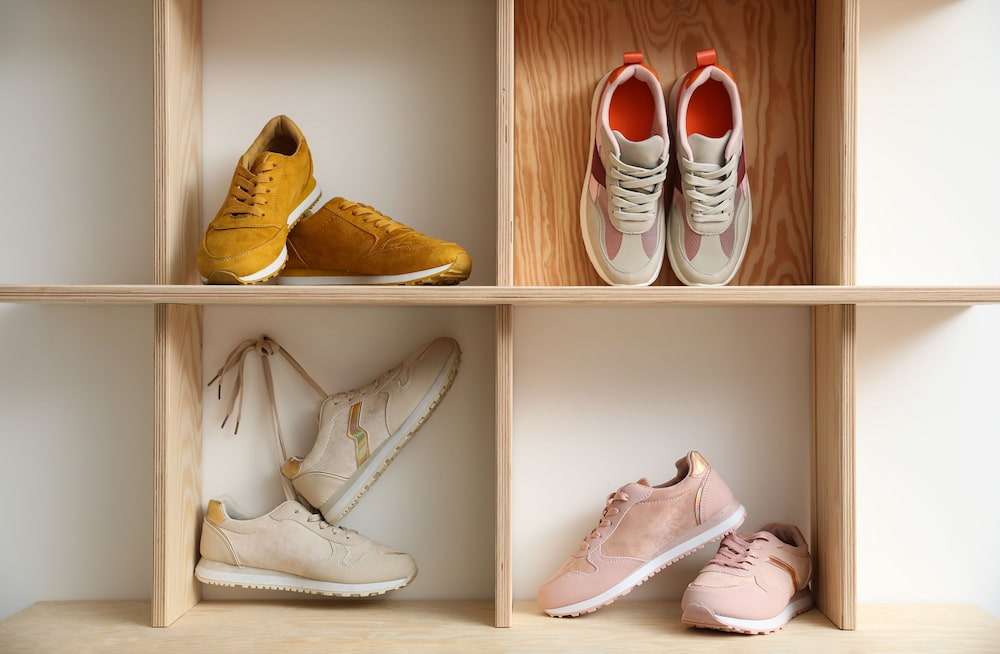
When storing collectible sneakers long-term, you should make sure to store your shoes and the original box separately. For your sneakers, you should wrap each in acid-free paper and then place them in a plastic container with moisture-absorbing packets. Your boxes should be placed within a larger, acid-free box. See the full guide for storing shoes.
How to Store Collectible Skateboards

Skateboards exposed to prolonged humidity or moisture are prone to warping. To avoid ruining your collection, make sure to wrap each board in acid-free paper and place it within a plastic container. You should also throw in a few moisture-absorbing packets in each container for added protection.
How to Store Collectible Soda Cans

Collectible soda cans should be individually stored within soda can protectors and then placed within archive boxes. The best can protectors come in a variety of sizes and are easy to use.
How to Store Collectible Stamps

To properly store your stamp collection, you should first arrange your stamps within a stockbook or stamp album. Once arranged and organized, you should place completed books in archive boxes or plastic containers and store them in a cool, dry place.
How to Store Collectible Toys
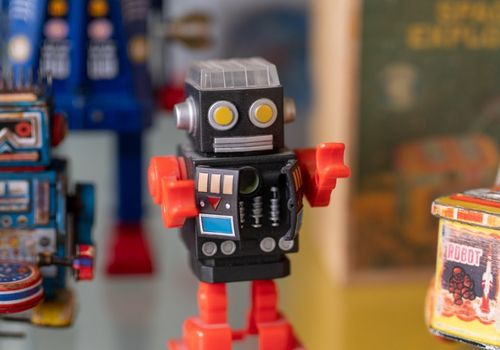
Vintage toys should be stored out of direct sunlight, humidity and extreme temperatures. In addition, these toys should be stored in their original packaging, then plastic-wrapped and placed within an archive box or plastic container. See our full guide for storing stuffed animals.
How to Store Collectible Ties
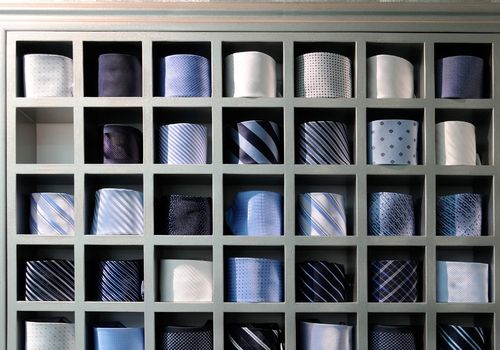
To store ties properly, you should first clean each individually. Next, you should roll each tie and store them in acid-free paper bags. For more information on how to store ties, read our blog!
How to Store Collectible Utensils & Appliances

Loose silverware or collectible spoons can be wrapped in acid-free paper and stored within plastic containers. Use fragile packing materials, such as acid-free packing paper or cushion wrap, to protect glass and ceramic items in your collection. Skip the bubble wrap and foam inserts, these materials will degrade over time and could subsequently damage dishes or fine china.
How to Store Wicker Furniture
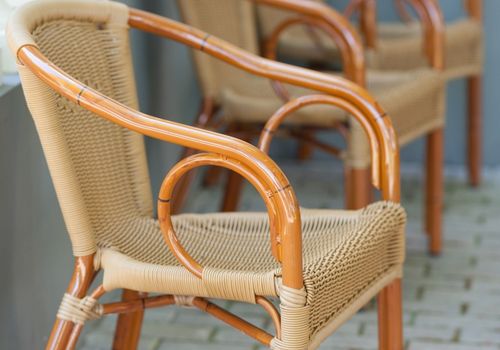
Furniture collectors go to serious lengths to protect their collections before placing them in long-term storage. Before storing your antique wicker furniture, you should follow suit by completing a comprehensive deep clean and covering each piece with a protective cover. Check out how to pack furniture for long term storage.
How to Store Collectible Wine

When exposed to extended periods of direct light or sudden temperature fluctuations, the flavor profile of collectible bottles of wine can change drastically. To avoid this type of surprise, most wine collectors store their bottles in a cellar or similar location where temperature and exposure to light are regulated. The optimum storage temperature for any type of wine is 55°F. For many, a wine cooler or fridge is best to keep the right temperature and exposure to light.
How to Store Collectible Yo-Yos
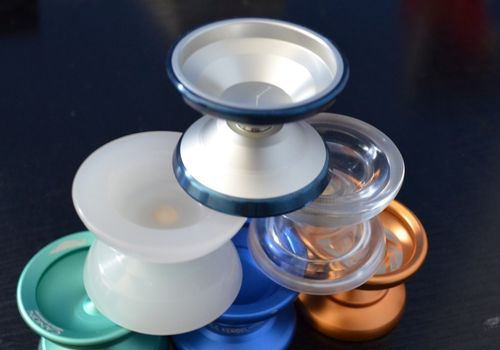
Yo-Yos still in their original packaging should be boarded and wrapped with acid-free materials. This will protect the Yo-Yo itself and its packaging. Loose Yo-Yos can also be wrapped with acid-free materials and then stored within a plastic container. Your collection should be kept away from heat, sunlight and moisture.
How to Store Collectible Zippo Lighters
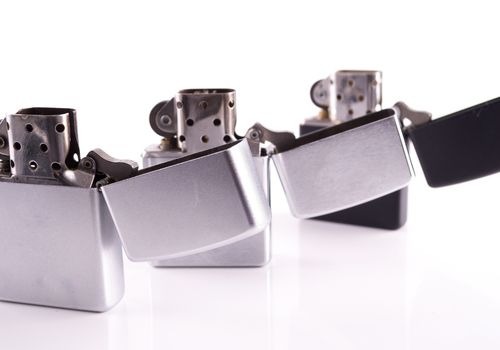
To properly store collectible lighters long-term, you should remove the flint and drain the lighter fluid from each lighter. Next, you should wrap each lighter in an acid-free plastic sleeve and organize your collection within archive-quality boxes.
Collection Storage FAQS:
How do you keep collectibles safe?
To keep collectibles safe, you should avoid directly touching your collection. If you are attempting to transport or display your collection, you should make sure it is wrapped in some sort of protective covering. For example, collectible baseball or Pokémon cards can be placed within plastic sleeves and top loaders.
How do you store fragile collectibles?
Storing fragile collectibles is challenging. For the best long-term storage, you should properly prepare your fragile materials prior to placing them in storage. To do so, you should purchase acid-free wrapping materials and acid-free archive boxes or similar containers. These materials will allow you to keep your fragile collectibles safe during transportation. When deciding where to store your fragile collectibles, you should consider renting a climate-controlled storage unit. These units are temperature-regulated to help mitigate the threats of humidity and moisture.
What type of storage unit do I need?
Climate-controlled storage is the best defense against humidity and extreme temperature changes. These temperature-controlled units help mitigate the risks associated with long-term storage. Furthermore, you will need to appraise the size of your collection to determine what size storage unit you will need.
Preserve Your Collectibles Today!
Whether you clicked on our blog to find out how to store a particular collection or you read through A to Z, you probably realized climate-controlled storage is the best long-term storage option for most collectible items.
These highly regulated storage units help mitigate the damaging effects of humidity, moisture and temperature. To find storage near you, visit our storage location finder.
If you are not sure what size unit you need or you have questions, take a look at our storage guide or call us at 833-786-7366.






